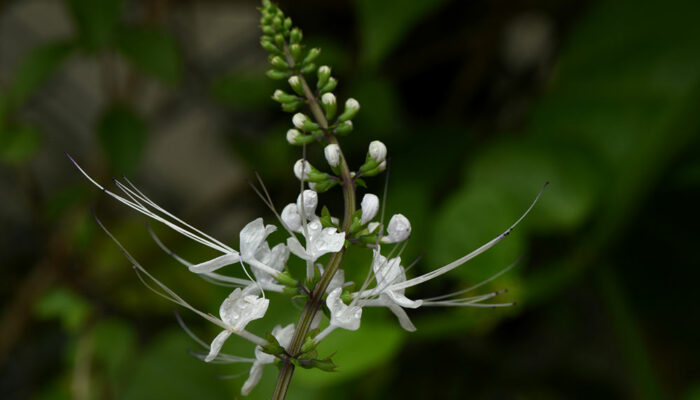
Easy and Natural Ways to Whiten Teeth at Home
Teeth whitening has garnered public attention over the years. This procedure can be done at home with the help of required tools. There are over-the-counter products that have whitening properties. But one needs to know the contents before buying the products. Most of these products contain bleach as an element for whitening, which may not be healthy for your teeth.
To prevent any further dental damage, there are alternative home remedies that can go a long way in keeping the whiteness of your teeth intact.
Below is a list of top and successful ways to whiten your teeth at home without damaging them.
1. Oil pulling
This is an age-old practice followed by many across the world. This method uses oil that can be swished around the mouth to extract bacteria that causes plaque build-up. While any form of oil can be used for this technique, the more effective ones are usually sunflower and sesame oil. Even coconut oil is a popular choice for this method. Coconut oil contains lauric acid that kills bacteria and reduces inflammation. This method not only helps keep the bacteria in check but also promotes better oral hygiene, as a result of which the teeth tend to stay white. Moreover, this is also safe to do since there are no chemicals involved and the teeth enamel do not get corroded from oil.
2. Baking soda
This is a highly favored ingredient for teeth whitening, and one of the most common ingredients that you will find in almost every toothpaste in the market. The mild abrasive property of baking soda can help with scrubbing away any stain from the surface of the teeth. This ingredient also helps maintain a healthy alkaline balance in the mouth and this is highly essential for stopping bacteria growth.
3. Hydrogen peroxide
This is one ingredient that acts as a natural bleaching agent which enables the killing of oral bacteria. This is one component used in the world of medicine over the years due to its disinfectant properties. This is a safe product as long as a very small quantity is diluted in water and used. Usage in higher amounts can lead to issues of tooth sensitivity and gum damage. Use this element as a mouthwash before brushing and ensure that you use only a 1.5%-3% solution to stay within safe limits of use.
There are other methods including the consumption of vegetables and fruits that can help with cleaning up the plaque and keeping the teeth white. All of these methods are natural in process and do not aid with instant whitening of the teeth overnight. They are steps that have to be followed over a period of time, at least a short duration before you start seeing some noticeable differences. While most of these practices may not be completely backed by science, the users of these top at home teeth whitening techniques have found them to be useful.



